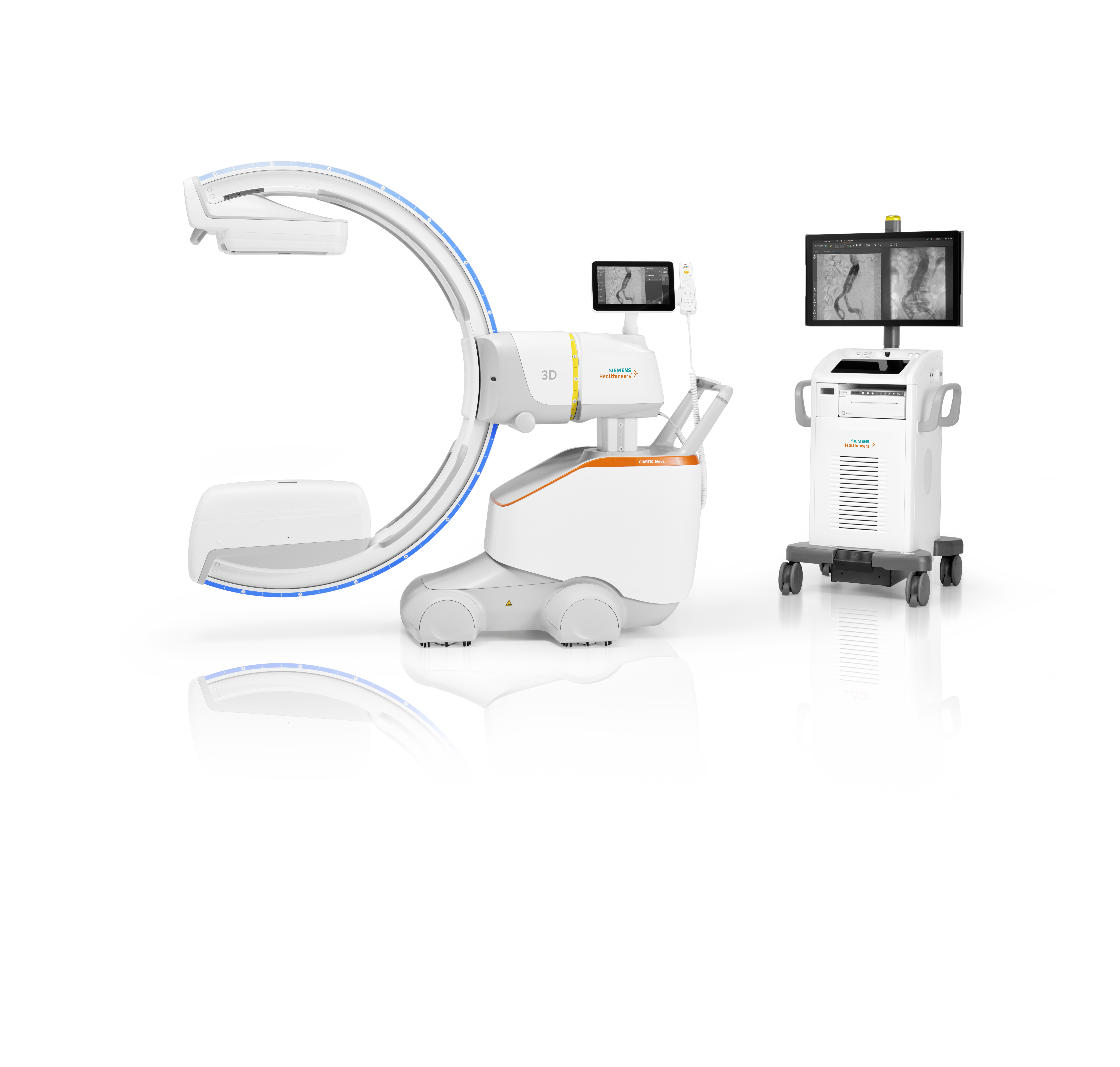
In the largest systematic review and meta-analysis of atherectomy data to date, Thomas Zeller (Bad Krozingen, Germany) reported that the technique is effective in both calcified and non-calcified lesions but observed a trend toward lower target-lesion revascularisation (TLR) in severely calcified lesions.
He reported that major amputation and mortality rates were low in above-the-knee lesions and claudication patients; however these rates were higher in below-the-knee lesions, which are associated with chronic limb-threatening ischaemia (CLTI).
Zeller presented data extracted from 305 atherectomy papers in a podium-first presentation during yesterday’s (Thursday) peripheral arterial challenges programme. Included papers investigated endovascular treatment of occlusive or stenotic disease in native infrainguinal and peripheral arteries based on data from more than 130,000 patients.
Of device classes evaluated in the literature, 36.4% were directional atherectomy, 20.5% rotational atherectomy, 12.8% laser atherectomy, 9.2% orbital atherectomy, 6.7% intravascular lithotripsy—which were excluded from the present analysis—and 14.4% investigated a combination of devices.
The speaker reported that primary patency, TLR, major amputation and mortality were “similar or better” than meta-analysis rates for plain balloon angioplasty or drug-coated balloons, and that bailout stenting rates were lower for patients treated with atherectomy.
Baseline characteristics of included studies comprised a mean lesion length of 11.5cm; 40% of patients had CLTI; 39% severe claudication; 71% any calcification; 46% total occlusions; and 56% TASC C/D lesions.
At 12 months, Zeller observed “very low” amputation rates following atherectomy in above-the-knee lesions. “This was related to the fact that a lot of claudication patients have been enrolled in these studies,” the speaker told CX delegates. He again noted that major amputation rates were high in patients who had below-the-knee lesions, “as this is usually related to CLTI”.
Patency outcomes following atherectomy were consistent across patient and lesions subgroups, and 12-month outcomes were similar across CLTI, claudicant, above- and below-the-knee cohorts. Zeller continued that TLR rates were not seen to be worse in cohorts with a higher prevalence of severe calcification.
“This is the most comprehensive systematic review and meta-analysis of atherectomy data to date,” Zeller concluded. “Major amputation and mortality rates are low, and atherectomy appears to be effective in both calcified and non-calcified lesions, and points towards lower TLR rates in the severely calcified lesions.”












